Please note that the data provided by the tool is for reference only. Actual savings will depend on the customer’s specific usage patterns.*
GTA Leading provider of heating, cooling, and water heating and treatment needs for over 15 years.
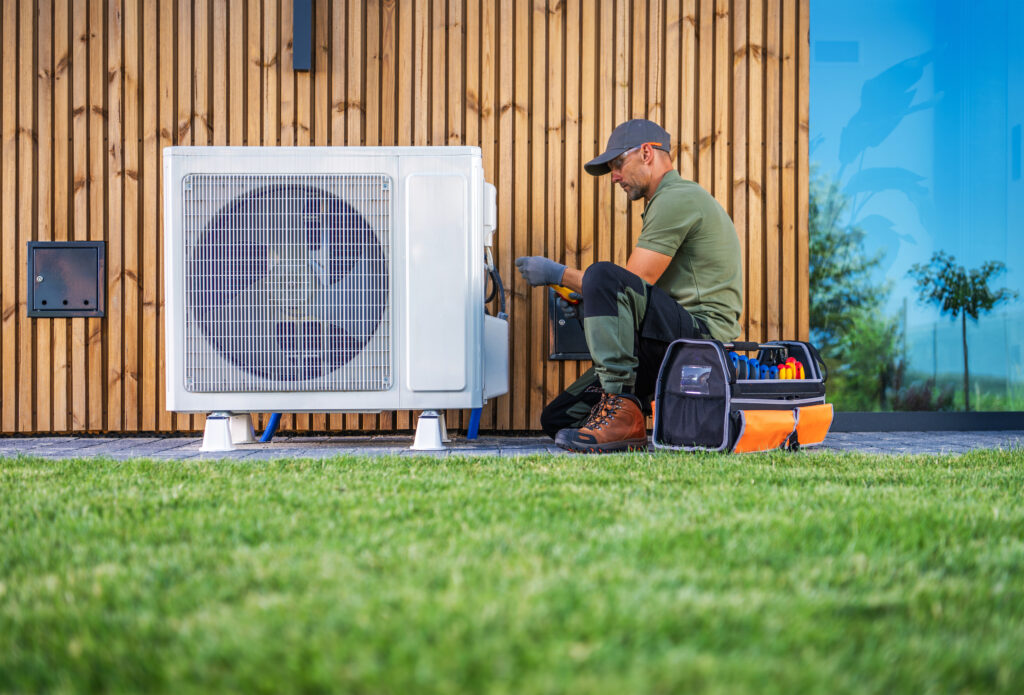
Heat pumps offer an energy-efficient alternative to furnaces and air conditioners for all climates. Like your refrigerator, heat pumps use electricity to transfer heat from a cool space to a warm space, making the cool space cooler and the warm space warmer. During the heating season, heat pumps move heat from the cool outdoors into your warm house. During the cooling season, heat pumps move heat from your house into the outdoors. Because they transfer heat rather than generate heat, heat pumps can efficiently provide comfortable temperatures for your home.
The most common type of heat pump is the air-source heat pump, which transfers heat between your house and the outside air. Today’s heat pump can reduce your electricity use for heating by approximately 50% compared to electric resistance heating such as furnaces and baseboard heaters. High-efficiency heat pumps also dehumidify better than standard central air conditioners, resulting in less energy usage and more cooling comfort in summer months. Air-source heat pumps have been used for many years in nearly all parts of the United States, but until recently they have not been used in areas that experienced extended periods of subfreezing temperatures. However, in recent years, air-source heat pump technology has advanced so that it now offers a legitimate space heating alternative in colder regions.
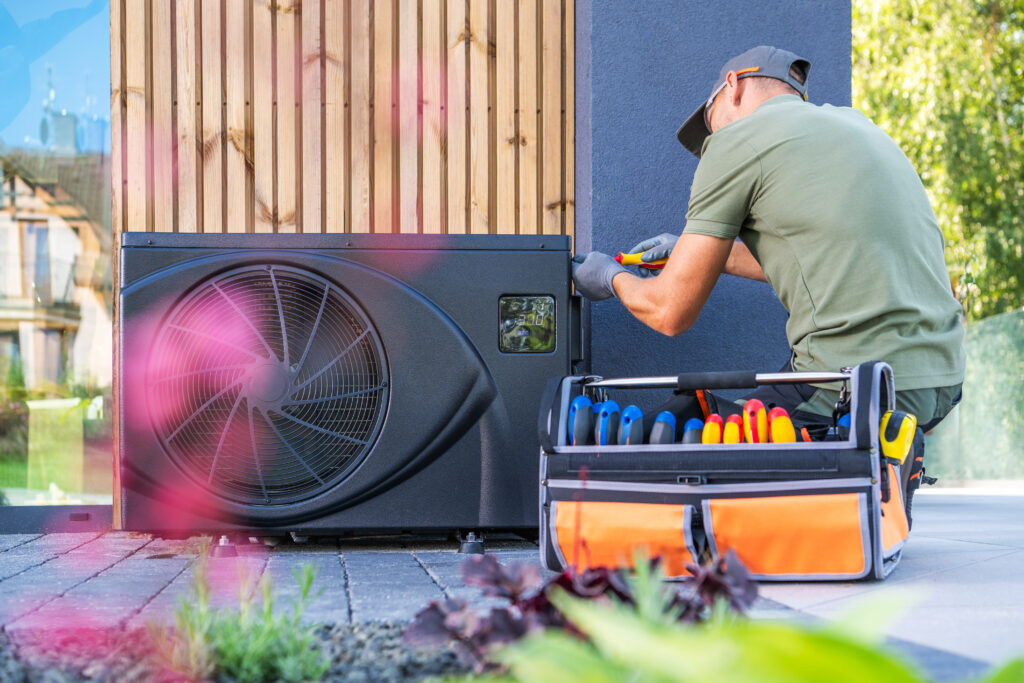
For homes without ducts, air-source heat pumps are also available in a ductless version called a mini-split heat pump. Ductless, mini-split-system heat pumps (mini-splits) make good retrofit add-ons to houses with “non-ducted” heating systems, such as hydronic (hot water heat), radiant panels, and space heaters (wood, kerosene, propane). They can also be a good choice for room additions were extending or installing distribution ductwork is not feasible, and for very efficient new homes that require only a small space conditioning system. Be sure to choose an ENERGY STAR® compliant unit and hire an installer familiar with the product and its installation.
Like standard air-source heat pumps, mini-splits have two main components — an outdoor compressor/condenser and an indoor air-handling unit. A conduit, which houses the power cable, refrigerant tubing, suction tubing, and a condensate drain, links the outdoor and indoor units.
The main advantages of mini-splits are their small size and flexibility for zoning or heating and cooling individual rooms. Many models can have as many as four indoor air-handling units (for four zones or rooms) connected to one outdoor unit. The number depends on how much heating or cooling is required for the building or each zone. This can be affected by how well the building is insulated and air sealed). Each of the zones has its own thermostat, so you only need to condition occupied spaces, which can save energy and money.
Ductless mini-split systems are easier to install than some other types of space conditioning systems. For example, the hook-up between the outdoor and indoor units generally requires only a three-inch hole through a wall for the conduit. Most manufacturers of this type of system can provide a variety of lengths of connecting conduits, and, if necessary, you can locate the outdoor unit as far away as 50 feet from the indoor evaporator. This makes it possible to condition rooms on the front side of a house, but locate the compressor in a more advantageous or inconspicuous place on the outside of the building.
Mini-splits have no ducts, so they avoid the energy losses associated with the ductwork of central forced air systems. Duct losses can account for more than 30% of energy consumption for space conditioning, especially if the ducts are in an unconditioned space such as an attic.
In comparison to other add-on systems, mini-splits offer more interior design flexibility. The indoor air handlers can be suspended from a ceiling, mounted flush into a drop ceiling, or hung on a wall. Floor-standing models are also available. Most indoor units are about seven inches deep and have sleek, high tech-looking jackets. Many also offer a remote control to make it easier to turn the system on and off when it’s positioned high on a wall or suspended from a ceiling.
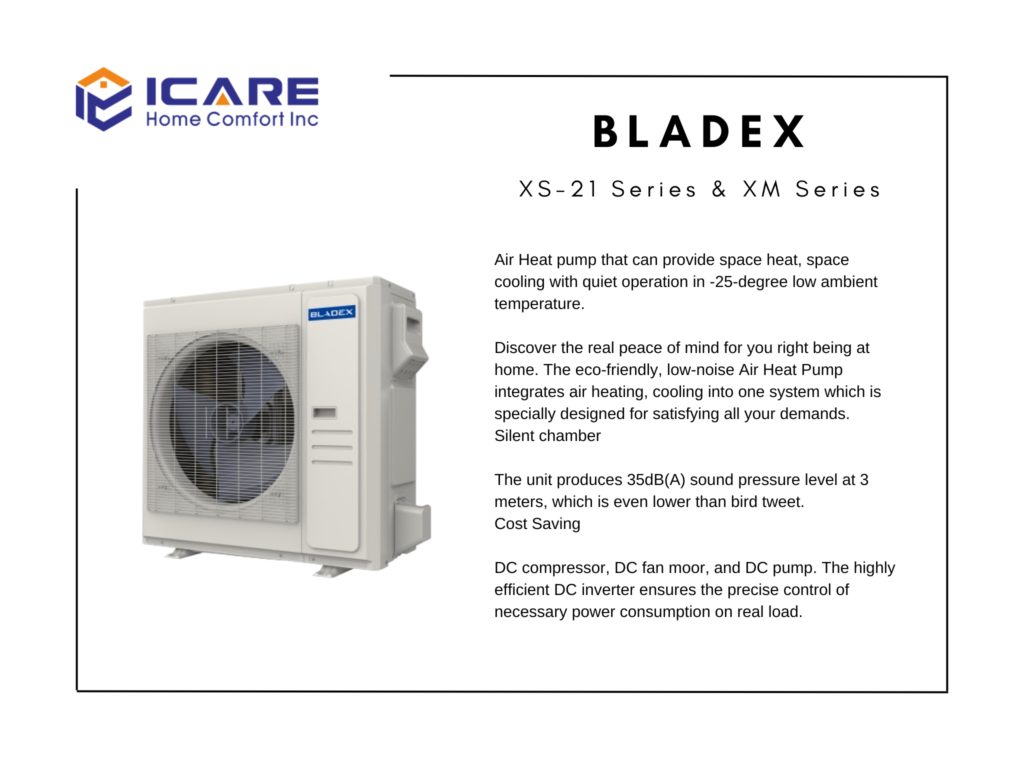
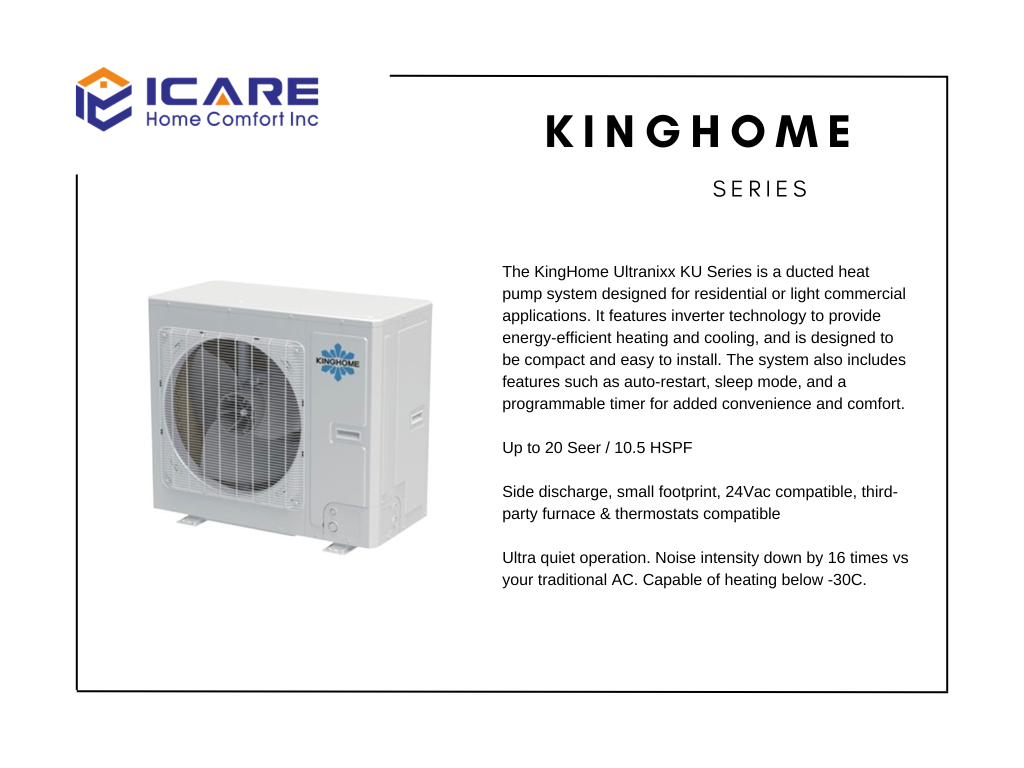
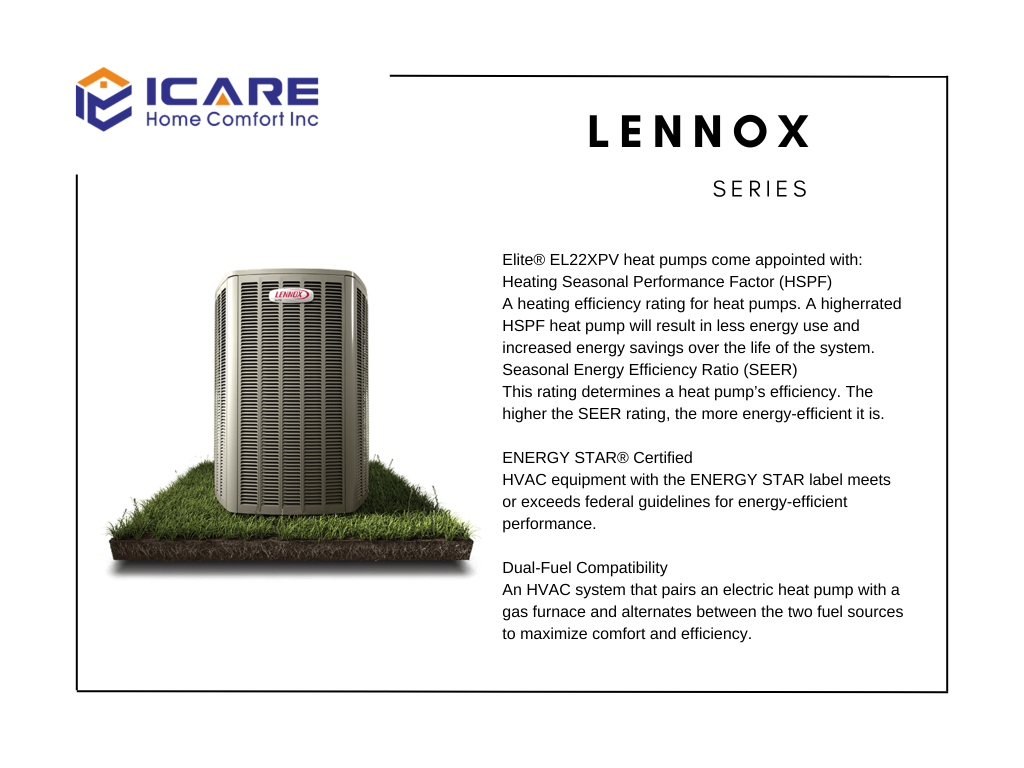
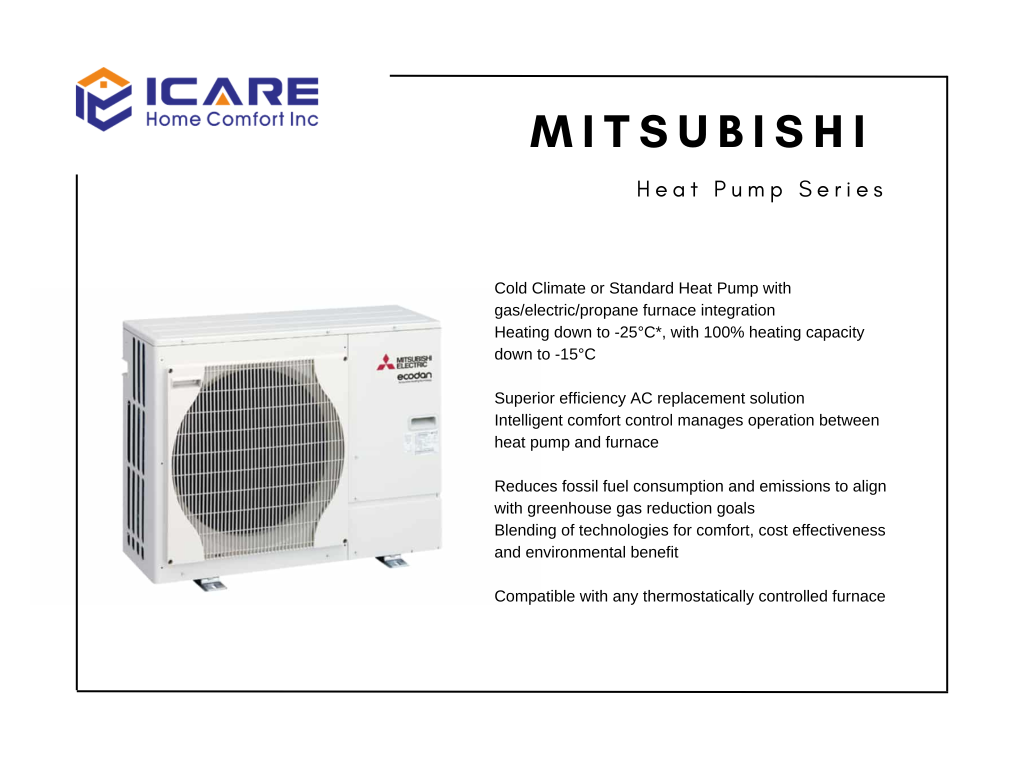
GTA Leading provider of heating, cooling, and water heating and treatment needs for over 15 years.

Get 5% off when you sign up for emails with savings and tips.
© 2024 ICARE HOME COMFORT INC. Design by Tensor Canada | Privacy Policy | Terms and Conditions